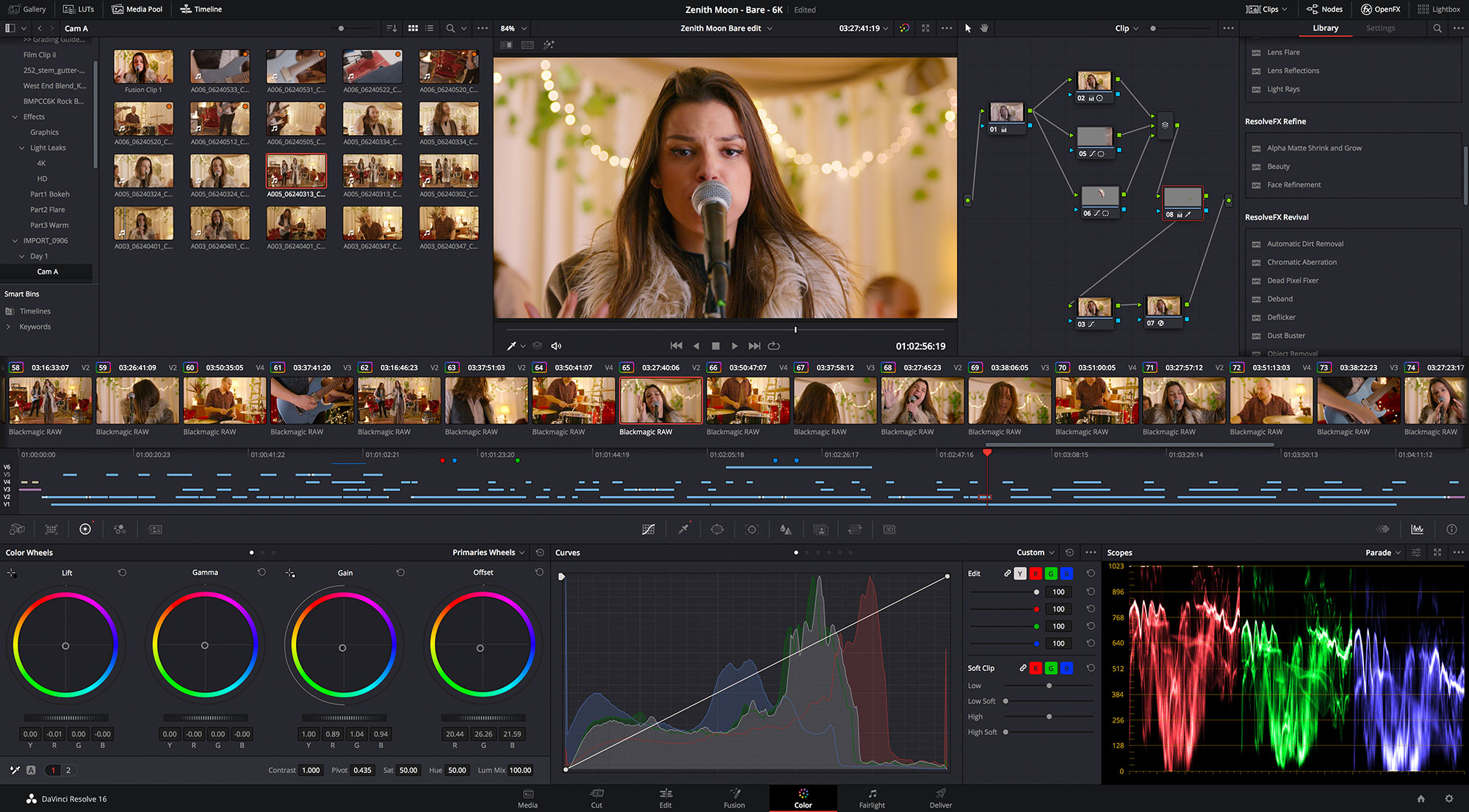
It provides a standard 52mm filter thread, and is compatible with all iPhone 11 models.
#GRAB A STILL DAVINCI RESOLVE 2.5 PRO#
My favorite lightweight filter solution for the iPhone 11 Pro Max is the Moondog Labs Multi Camera Filter Mount. A common size threaded lens mount is 37mm. If you have a metal cage or a case with a threaded lens mount, then you can use one or more step up rings to mount standard circular photographic filters over one or more cameras depending on the cage.

They are available in various kits that include some filters, and the filters are available separately also. These filters range from fixed ND filters to a variable ND filter, and a circular polarizer. The LiteChaser Pro is a case mounted filter system that accommodates a set of proprietary filters. However, they have recently launched the PolarPro LiteChaser Pro. Sadly, it seems that PolarPro are no longer making the Iris system. It even fits over the wide and telephoto cameras on the iPhone 11 Pro and Pro Max. I have been using the PolarPro Iris filter system for some time and love it. There are now a few good ND filter systems available for mobile filmmakers that fit directly over the phone camera lens.
#GRAB A STILL DAVINCI RESOLVE 2.5 FULL#
Look out for the terms IRND, or full spectrum when choosing ND filters. Many ND filters are full spectrum filters in any case and are designed to reduce IR wavelengths along with visible light. I haven’t seen a problem yet with IR pollution when shooting with a smartphone, so I assume most, if not all smartphone cameras have built in IR filtration. IR pollution is very difficult to correct in post production. Shadows and dark areas of the image will look brown and muddy.

This is called IR pollution.Īn IR pollution issue is easy to see. If an ND filter only reduces visible light, but lets IR pass though unaffected, you may see an obvious color imbalance if your camera image sensor doesn’t have built in IR filtration. Most camera manufacturers build IR filtration into their cameras, but some don’t. Infra red light is emitted by many light sources, including the sun. They can also pick up invisible light, especially infra red. This creates a visible “X” shape in the image.Ĭamera image sensors are sensitive to more than just visible light.

They also introduce what is called cross polarization when the rotation gets close to 90 degrees. However, there are some important limitations.īecause of the way variable ND filters work, they are not suitable for lenses with a very wide field of view. The advantages of using a variable ND filter are not having to swap out filters all the time, and being able to adjust the density to any value needed. Between 0 degrees and 90 degrees the effective density can be changed. When the front polarizing filter is rotated 90 degrees to the rear filter, no light will pass through. When both polarizing filters are aligned, light is allowed to pass through. As light is polarized passing through the first filter, some of it is blocked from passing through the second depending on the angle of rotation. A variable ND filter is made up of two stacked polarizing filters, one of them is fixed, the other is able to rotate. They work differently to fixed density ND filters. However, there is another solution.Ī variable ND filter allows you to change the amount of light that passes through the filter just by rotating it. This means physically changing the ND filter every time the light changes. Most ND filters come in fixed densities, and so you need a set of filters to control exposure in different lighting conditions.


 0 kommentar(er)
0 kommentar(er)
